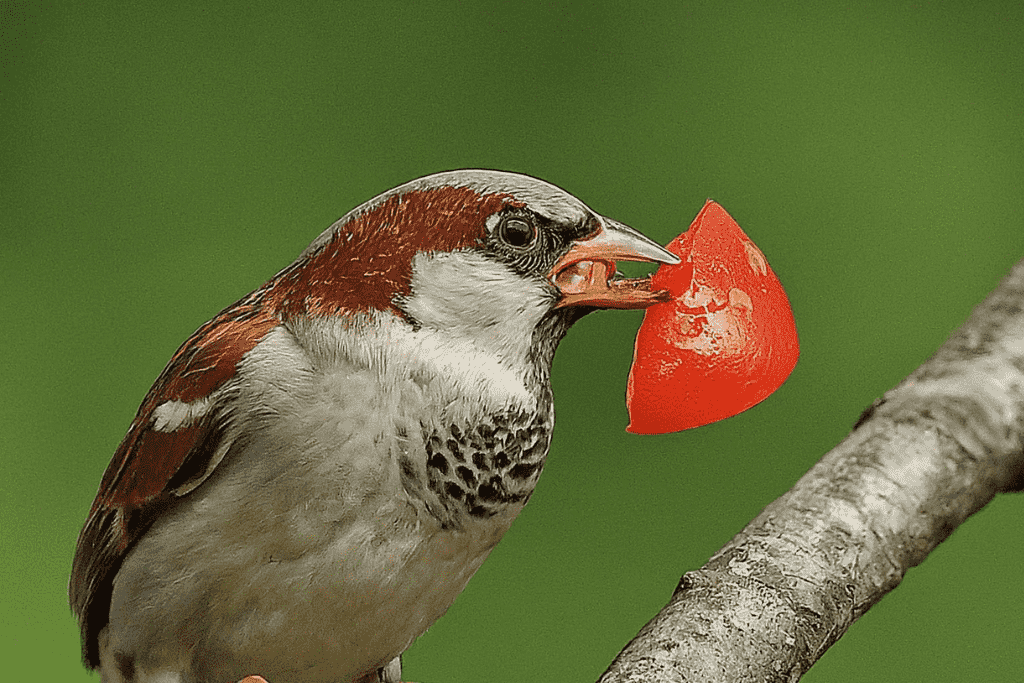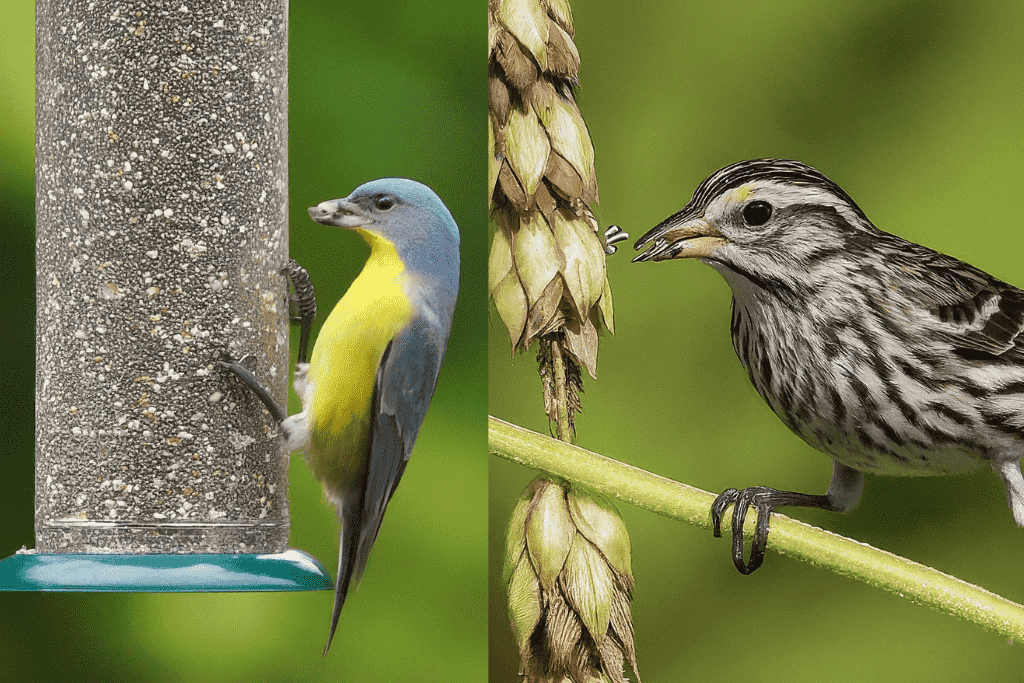Will Birds Eat Tomatoes
When it comes to gardening, one common concern for many enthusiasts is the impact of birds on their crops. Among the many questions that arise, one that stands out is: will birds eat tomatoes? This article aims to delve into this question, providing a detailed exploration of the relationship between birds and tomatoes, how to protect your garden, and the benefits of birds in your garden ecosystem.
Why Birds Are Attracted to Tomatoes
Birds are drawn to bright colors and juicy fruits. Tomatoes are no exception. The vivid red hue of ripe tomatoes is particularly enticing to birds. They are also attracted by the water in tomatoes. This is especially true during hot, dry spells when water may be scarce.
Nutritional Value
Tomatoes are rich in vitamins and minerals, making them a nutritious option for birds. The high water content helps in hydration, while the sugars provide a quick energy boost. This combination makes tomatoes a popular target for various bird species.
Types of Birds That Eat Tomatoes
Not all birds are interested in tomatoes, but several species are known to indulge. Some of the common culprits include:
- Sparrows
- Robins
- Blue Jays
- Mockingbirds
- Thrushes
Knowing which birds will visit your garden can help. It will help you develop better strategies to protect your tomatoes.

Protecting Your Tomatoes from Birds
While birds can cause significant damage to your tomato plants, there are several effective methods to deter them.
Physical Barriers
One of the most effective ways to protect your tomatoes is by using physical barriers. These can include:
Bird Netting: If you drape bird netting over your tomato plants, it can stop birds from reaching the fruit. Yet, it will still let in sunlight and rain to nourish the plants.
Tomato Cages with Netting: Caging your tomato plants with fine mesh can protect them twice.
Row Covers: These can be used early in the season to protect young plants from birds and other pests.
Visual and Auditory Deterrents
Birds are wary of unfamiliar sights and sounds. Using visual and auditory deterrents can help keep them at bay. Some effective options include:
Scarecrows can work. This is especially true if they are often moved.
Hanging reflective tape or old CDs in your garden can create flashes of light. These scare birds away.
Wind Chimes make noise. It can scare birds from your tomato plants.
Chemical Repellents
You can buy bird repellents for plants. You spray them on your tomato plants. These are usually made from natural ingredients and are safe for both plants and birds.

Strategies to Protect Your Tomatoes From Birds
There are three main ways to stop birds from eating your tomatoes. They are: using barriers, distraction, and scare tactics. Let’s discuss all three in detail.
Physical Barriers
Physical barriers are very effective. The downside to them is that they make it more difficult for you to tend to and harvest your tomato plants. Still, they just might save your harvest, so let’s consider your options.
1: Cloches
Cloches are an upside-down container. They are made of glass or plastic. They protect small plants from pests. They also add warmth in cooler weather, since their design creates a mini-greenhouse effect.
Because of this, cloches are only useful early in the season, when tomato plants are small and temperatures are lower.
Still, now is a good time to protect your seedlings from birds. Birds will nibble their tender shoots or pull them out of the ground. You can easily make your own cloche using an empty water bottle, milk jug, or similar container. Just cut the bottom off and place the cloche over your plant. Be sure to remove the cap of the container; this vents the cloche, allowing excess heat to escape.
2: Tomato Cages
It’s likely you are already using tomato cages in the garden. Unfortunately, most tomato cages alone can’t deter birds. The holes for plant growth are too large. But, combining tomato cages with bird netting or row cover can protect from birds, as explained below.
3: Bird Netting
Bird netting is the best to protect your tomato plants when they make fruit. This is when they are most at risk from birds. You can get large rolls of bird netting at your local hardware store or garden center. Bird netting is light and easy to install. Drape it over tomato cages or stakes pounded into the ground. Secure the bottom edges with landscape stakes. Keep the netting tight; birds are less likely to get caught in it. Make sure the netting falls far enough from your plants that birds can’t reach your tomatoes through the holes. The netting should keep birds out while letting pollinators in. A good rule is to use netting with a ¾” mesh.
4: Row Cover
Row cover can be installed over your tomato plants in the same way as bird netting. Row cover is sometimes recommended
Tomato plants need wind or bees to move enough pollen from the male to the female parts. More pollen means bigger fruit. So, keeping pollinators away during this stage will hurt your harvest.
In addition, row cover adds warmth. This may or may not be good, depending on your local temperatures. Under the cover, it can be 15-30 degrees warmer than outside.
Exposure to temperatures over 85℉ causes tomato flowers to dry and fall off without setting fruit, a condition known as blossom drop.

Benefits of Birds in the Garden
While birds can be a nuisance when it comes to tomatoes, they also provide many benefits to your garden ecosystem.
Pests of crops
Many birds eat insects, which helps to control pest populations naturally. This can reduce the need for pesticides and create a healthier garden environment.
Pollination of products
Some species, such as hummingbirds, play an important role in pollination. Encouraging these birds into your garden can increase pollination of not only tomatoes, but other flowering plants as well.
Biological diversity
Birds contribute to the overall ecology of your garden. The diversity of garden ecosystems is more resilient and better able to cope with environmental stresses.
Conclusion
Understanding the dynamics between birds and tomatoes is essential for any gardener looking to protect their crops while maintaining a healthy garden ecosystem. By employing a combination of physical barriers, deterrents, and repellents, you can safeguard your tomatoes from bird damage. At the same time, recognizing the benefits that birds bring to your garden can help you create a balanced and thriving environment.







